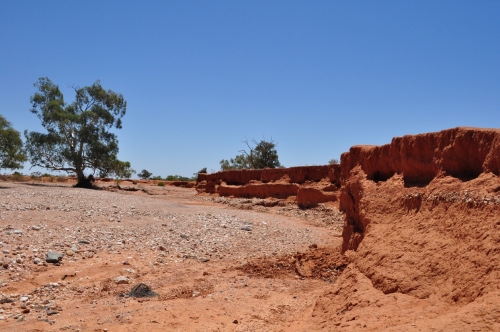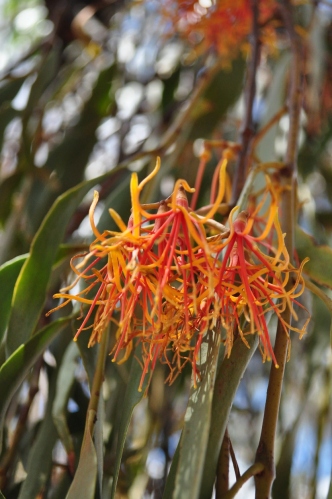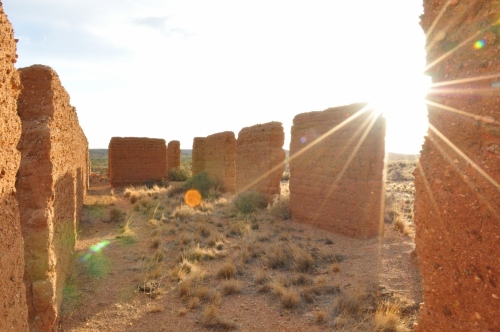 i love taking photos in outback Australia, but it can be tricky.
i love taking photos in outback Australia, but it can be tricky.
While I think the bright sunlight shows Australian landscapes at thehir best, if you’re not careful it can wash out too much colour, making your landscapes appear faded and dull. Or you can end up with lens flare where it’s not wanted, or blown out highlights.
This can be fixed with photoshop or similar, not everybody has or can use photo editing software. Besides – if you can get it right with the camera there’s less work to do in the editing room afterwards.
Here are my five top tips for taking landscape photos in the strong sunlight outback Australia :
- Keep your ISO down. Your ISO is one of the things that controls how much light gets into a photo, so the lower the setting the better. A lower ISO also helps to minimise ‘noise’ in your photo. For more on ISO see this article
 Another thing that controls light is your aperture setting. For panoramic landscapes you want everything in focus so use a setting of around F9 – F11. If you are shooting something closer and want to blur out the background reduce your setting to F6 or even lower. The lower your F stop the more blurred your background will be.
Another thing that controls light is your aperture setting. For panoramic landscapes you want everything in focus so use a setting of around F9 – F11. If you are shooting something closer and want to blur out the background reduce your setting to F6 or even lower. The lower your F stop the more blurred your background will be.- Make sure your camera lens is shaded. A lens hood is great for keeping direct sunlight off your lens but if you don’t have one you can DIY easily by holding something over the lens to cast a shadow – a piece of paper, card or even your hand will work for this. This eliminates lens flare caused by direct sunlight. Of course, if you’re deliberately shooting into the sun that’s a different thing!
 If you do want the sun shining behind a subject set your aperture to around F29 and shoot directly into the sunlight. Because of the strong sunlight coming directly into the lens, you may end up with your main subject in silhouette. If you want more colour and light in the foreground, turn your exposure up. The exposure setting you use will depend on the exact amount of light you want in the foreground. Experiment with different settings to get the best result for you.
If you do want the sun shining behind a subject set your aperture to around F29 and shoot directly into the sunlight. Because of the strong sunlight coming directly into the lens, you may end up with your main subject in silhouette. If you want more colour and light in the foreground, turn your exposure up. The exposure setting you use will depend on the exact amount of light you want in the foreground. Experiment with different settings to get the best result for you. Experiment with your white balance. Most cameras will allow you to choose an automatic setting (ie sunlight, shade, cloud, etc) or a specific colour balance. During the middle of the day I like the colour the “sunlight” setting gives my photos, but early morning or late afternoon/evening I’ll use different settings to give a different look to my photos. Again – experiment to find what you like.
Experiment with your white balance. Most cameras will allow you to choose an automatic setting (ie sunlight, shade, cloud, etc) or a specific colour balance. During the middle of the day I like the colour the “sunlight” setting gives my photos, but early morning or late afternoon/evening I’ll use different settings to give a different look to my photos. Again – experiment to find what you like.
And remember – if you’re shooting digital you can always delete what doesn’t work. The only way to improve is to keep practicing. Taking lots of photos using different camera settings is the only you’ll know what works for you and your photos.






